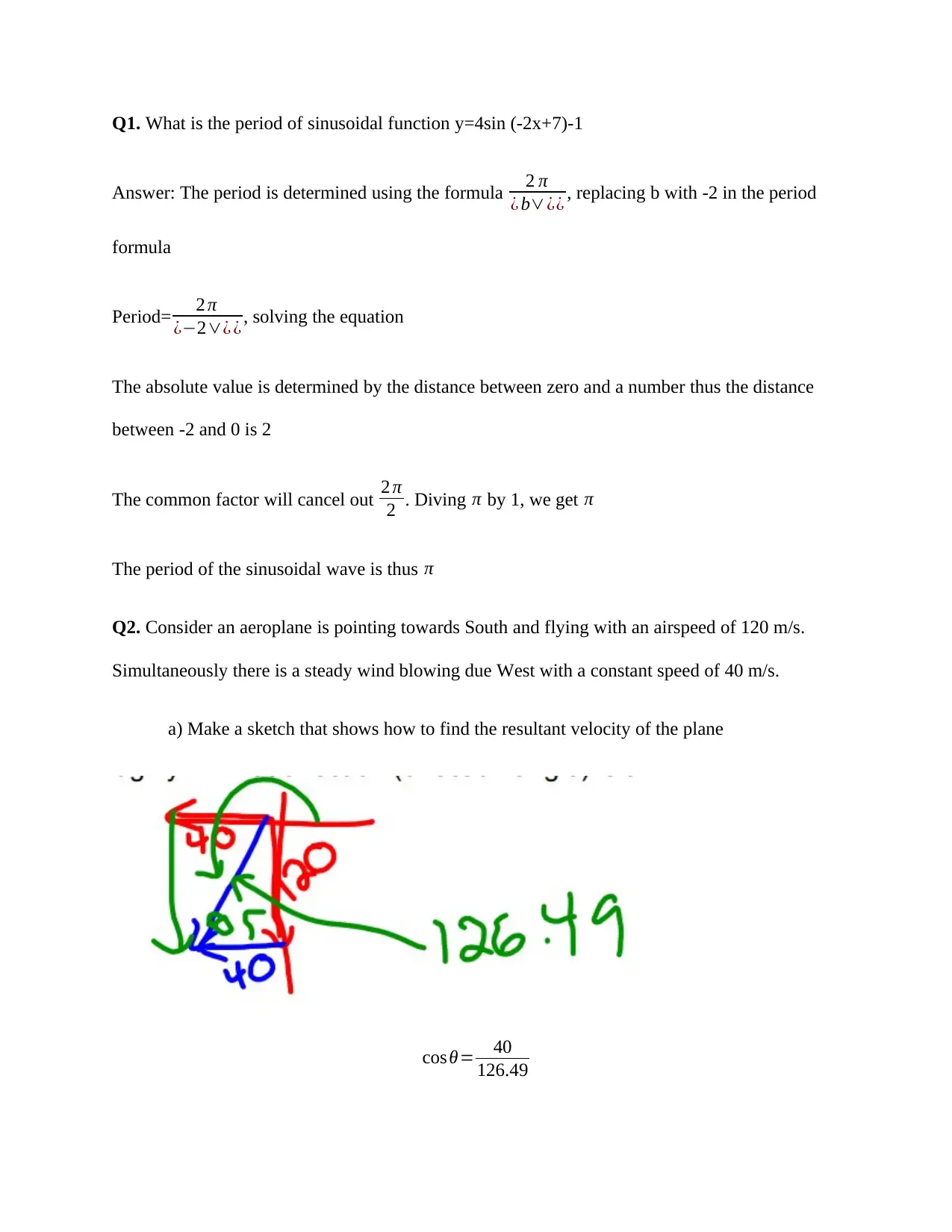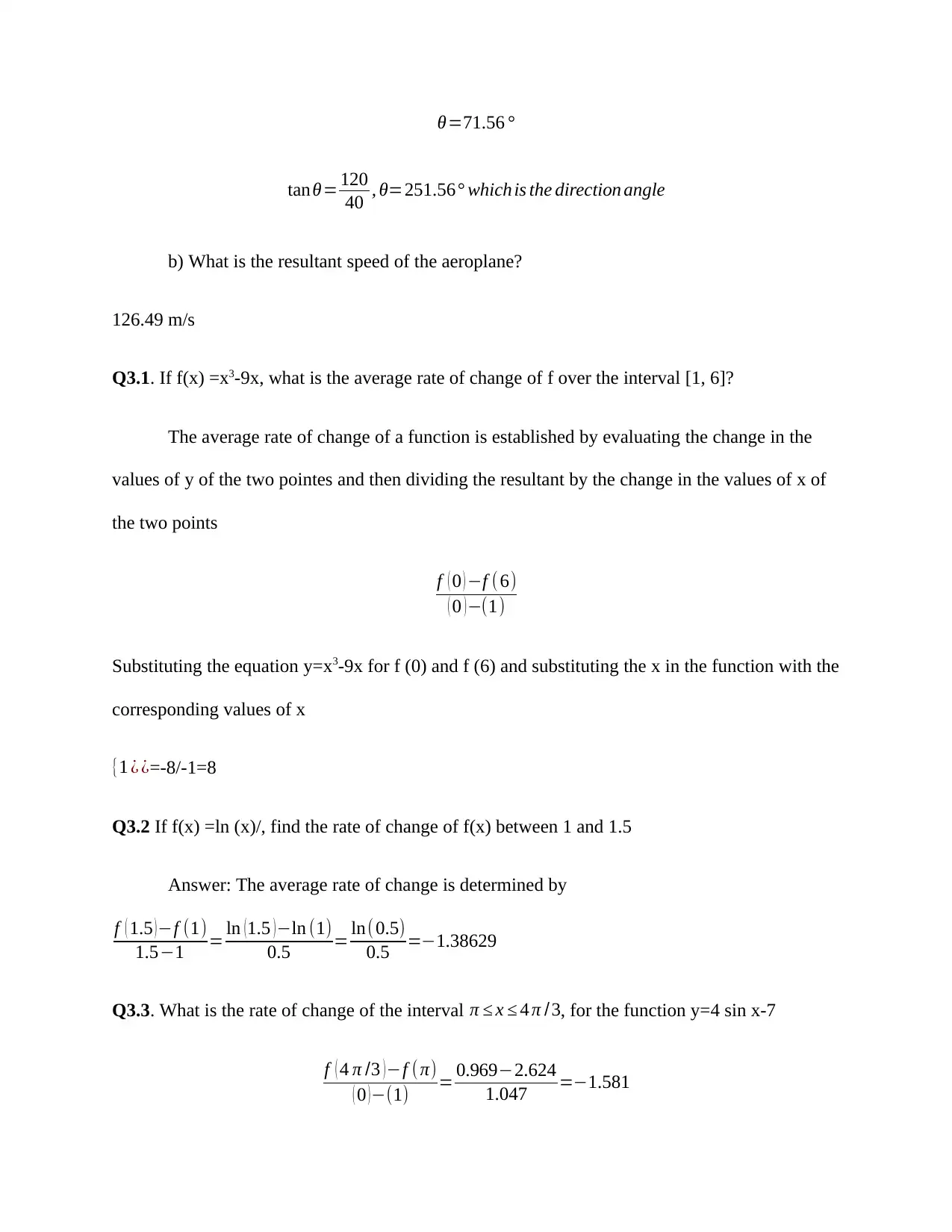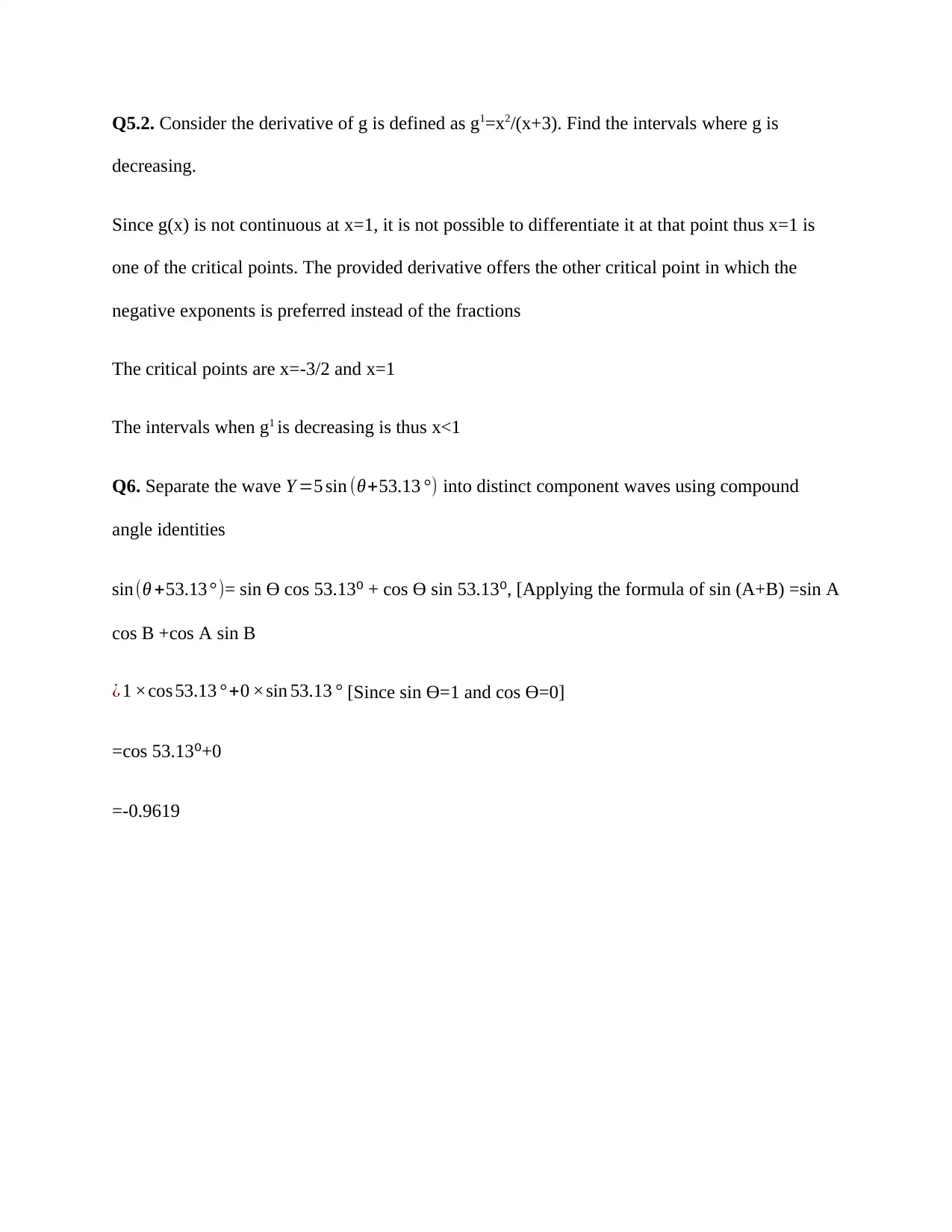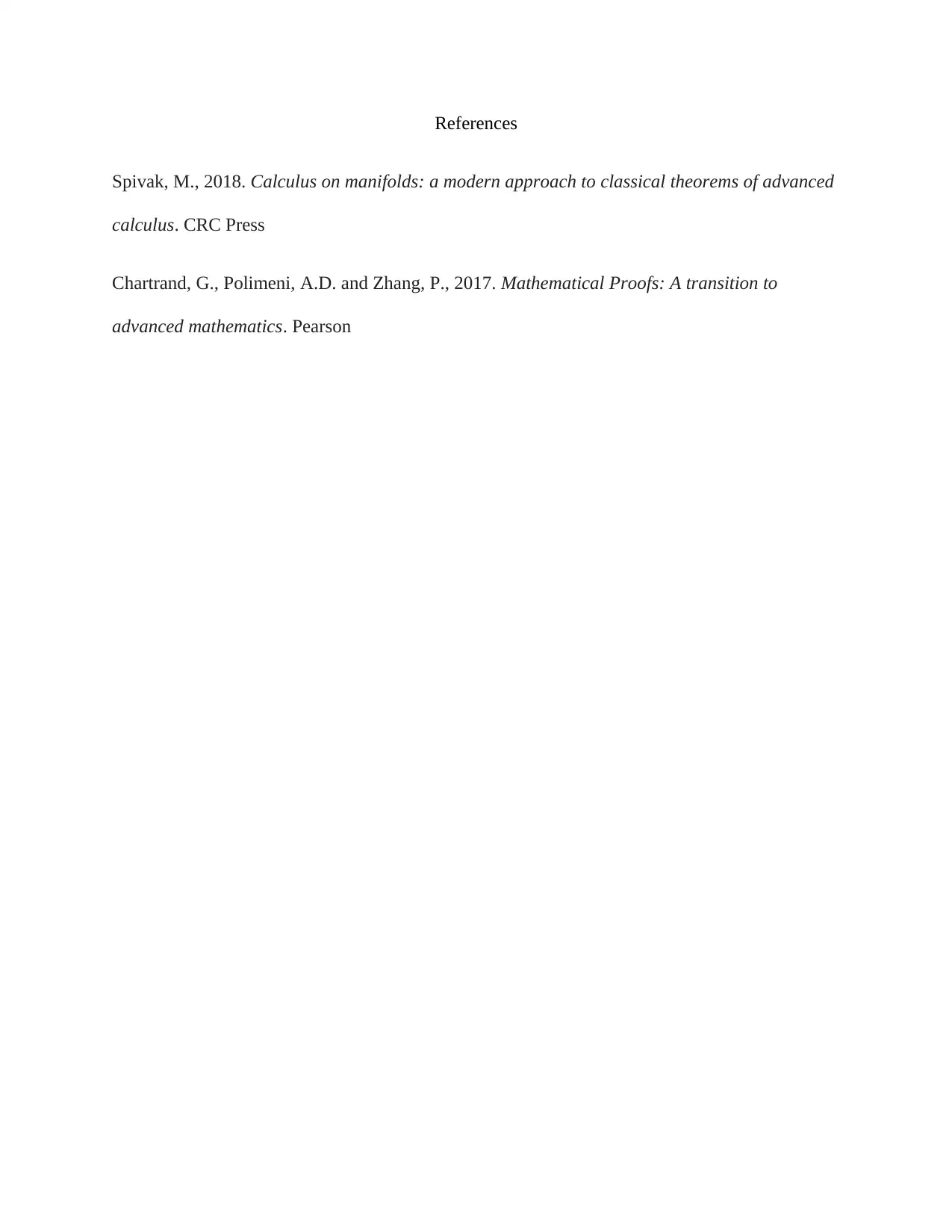Engineering Mathematics Assignment Solution: Calculus Problems
VerifiedAdded on 2023/06/10
|6
|760
|169
Homework Assignment
AI Summary
This document provides a detailed solution to an engineering mathematics assignment, focusing on calculus concepts. The assignment includes problems on sinusoidal functions, calculating the period of a wave, and determining the resultant velocity of an airplane with wind. It also covers the average rate of change of a function, finding the rate of change using natural logarithms, and calculating the rate of change over an interval. Furthermore, the solution addresses work done in compressing a spring, finding intervals where a function is increasing or decreasing based on its derivative, and separating a wave into distinct component waves using compound angle identities. The document concludes with a list of references.
1 out of 6






